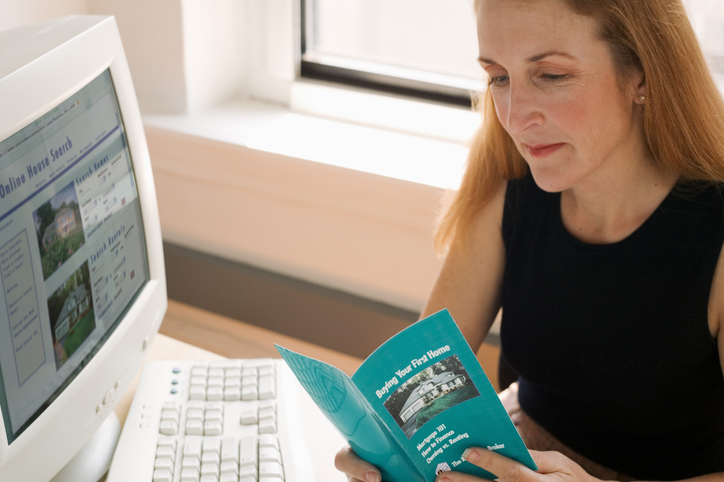Written by: admin on May 2, 2025 @ 11:07 am
Flyers are reliable and efficient. But sometimes, your message deserves more than a quick glance. That’s when folds come in—not just as a design flourish, but as a practical solution.
Here’s how to tell when it’s time to move beyond the basic one-sheet—and what kind of folded format fits the job.
When One Panel Isn’t Enough
Sometimes, your flyer doesn’t need to be clever—it just needs more room.
If you’ve ever wrestled with shrinking down text, cramming multiple offers, or leaving out helpful details because space ran out, that’s a sign it’s time to go folded.
- A tri-fold layout can divide your content into digestible panels.
- An accordion fold works beautifully when there’s a natural sequence to what you’re saying—like a process or a timeline.
- And for designs where you want a central reveal, a gatefold offers that moment of visual drama.
These aren’t upgrades for the sake of appearance. They’re choices that make your message easier to follow—and easier to remember.
Turning Curiosity Into Engagement
Opening a folded flyer takes a beat longer. That’s a good thing.
That small pause gives you a chance to build anticipation and guide the reader in a more intentional way. One business used a gatefold to reveal the headline only after it was opened—creating a mini “aha” moment that left a lasting impression.
In this way, the format itself becomes part of your message. The physical interaction slows the scroll-like tendency of the modern mind and invites someone to stay, read, and connect.
The Power of Presence
Flat flyers are often informational. Folded ones can feel like a gift.
For in-person interactions—networking, sales meetings, event booths—a well-designed folded flyer brings more weight (literally and figuratively). It signals that what’s inside is worth keeping.
Consider this example:
A marketing team attending a regional trade show wanted something substantial to hand out that wouldn’t get tossed. They used a Z-fold to present a product comparison on one side and an onboarding roadmap on the other. Attendees kept it. Some even referred to it in follow-up meetings.
The print format gave their brand staying power—without saying a word.
Avoid the “Everything Everywhere” Trap
Just because you can fit more into a folded flyer doesn’t mean you should.
One of the risks of extra space is the temptation to overfill it. The most effective folded formats use clear hierarchy: a strong opening, clean visual flow, and a distinct next step.
Think of it like a short story. Each panel plays a role—whether it’s catching attention, building understanding, or prompting action. The fold doesn’t just contain your message—it guides it.
Big Message? Think Beyond the Flat Sheet
Folded flyers aren’t just for show. They’re a strategic way to make room—for storytelling, sequencing, and structure.
If you’re feeling boxed in by one-page layouts or looking for a print piece that does more than inform, consider giving your message a little more room to breathe.
Need help choosing the right fold for your next campaign? Contact us—we’ll help you match your message to a format that works.
